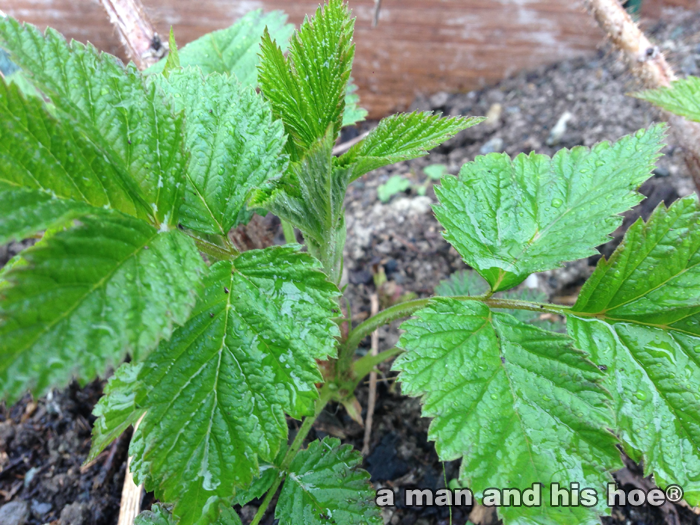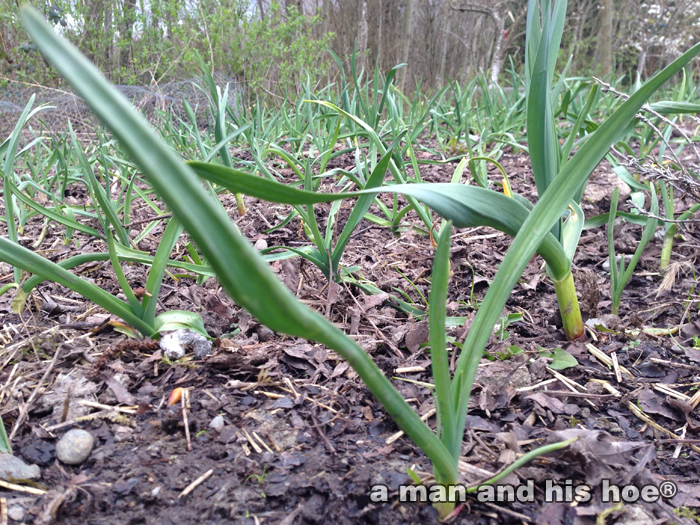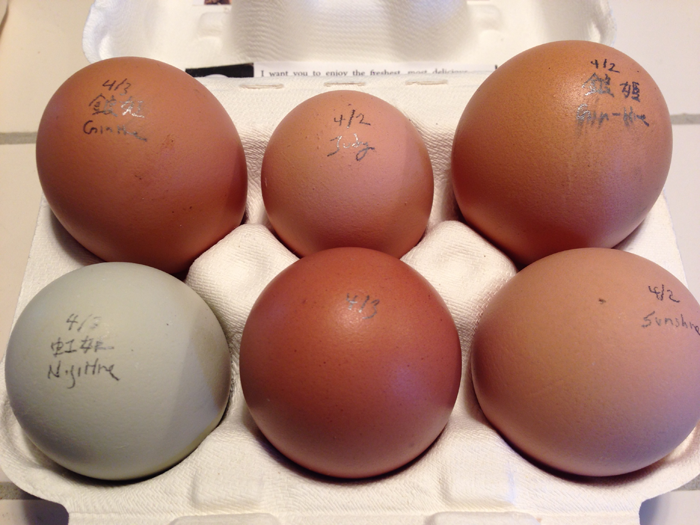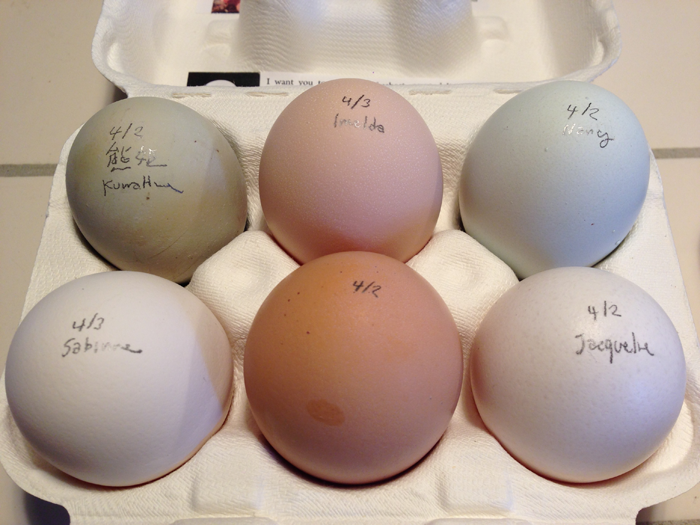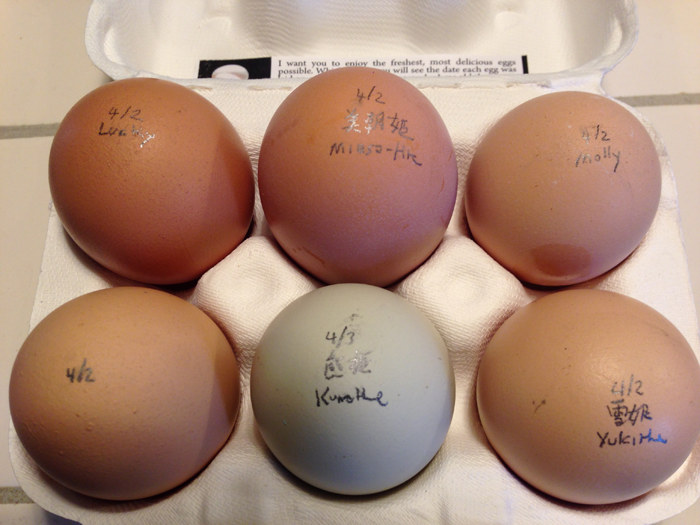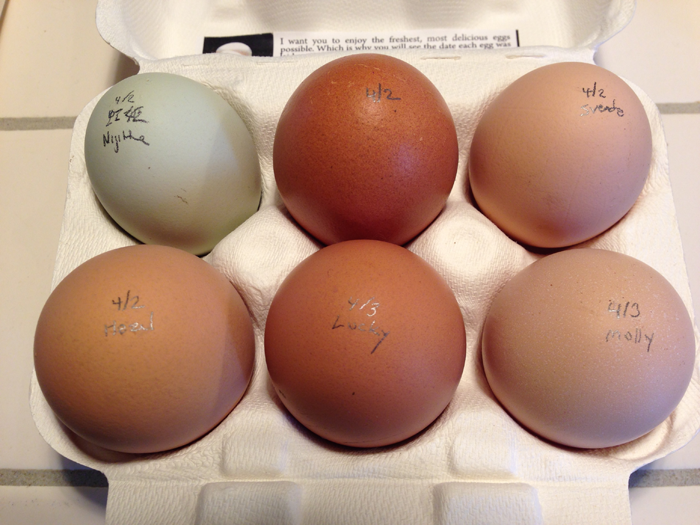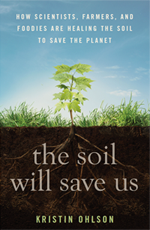 In her recent book, the soil will save us, Kristin Ohlson points out that agricultural practices, particularly plowing and tilling, release vast quantities of CO2 into the atmosphere. Estimates are that heavily farmed areas have lost from 50 to 80 percent of the carbon in the soil with much of it going into the atmosphere.
In her recent book, the soil will save us, Kristin Ohlson points out that agricultural practices, particularly plowing and tilling, release vast quantities of CO2 into the atmosphere. Estimates are that heavily farmed areas have lost from 50 to 80 percent of the carbon in the soil with much of it going into the atmosphere.
“Altogether, the world’s soils have lost up to 80 billion tons of carbon. Not all of it heads skyward—erosion has washed some of it into our waterways—but even now, land misuse accounts for 30 percent of the carbon emissions entering the atmosphere.”
However, Ms. Ohlson writes that by changing agricultural practices to those that restore the ecology of soils, enough CO2 could be pulled from the atmosphere and stored in the soil to lower the CO2 levels in the atmosphere by at least 3 parts per million annually, maybe even much more.
The way this process works is that plants use photosynthesis to extract carbon dioxide out of the air and then use the carbon to build their leaves, their stems, and their roots. Plants also transfer some of this carbon through their roots to microorganisms in the soil. The microorganisms use this carbon to thrive, and in return, provide the plants with minerals the plants need. Through this exchange, carbon is pulled out of the atmosphere and stored in the ground. Other organisms, such as earthworms, also help store carbon in the soil by feeding on plants and depositing the carbon underground. According to Rattan Lal, Professor of Soil Science at Ohio State University, “An earthworm can drag a leaf down more than three feet into the soil.”
In her book, Ms. Ohlson describes numerous examples of farmers working with nature to restore the vitality of their soils without resorting to synthetic fertilizers, herbicides and pesticides. In the process, they are discovering that their soils produce greater yields and remain productive under adverse conditions better than neighboring farms which rely on synthetic fertilizers, herbicides and pesticides. At the same time, they are extracting vast quantities of carbon out of the atmosphere and creating carbon rich soils.
Unfortunately, there isn’t much research being conducted into changing agricultural practices to use the soil as a way to reduce CO2 levels in the atmosphere. The main reason is that there is little money to be made going this route. There are no expensive, complicated machines to create. There is a lot of research going into reducing society’s use of energy.
“However, none of these will actually reduce the legacy load of CO2 already in the atmosphere. There are schemes afloat for doing that, but they’re expensive—consider the EPA’s plan to capture and inject atmospheric carbon into deep wells at a cost of $600 to $800 per ton. Not as sexy to policy makers, but free of cost, is Mother Nature’s low-tech approach: photosynthesis and the buildup of carbon in the soil that naturally follows.”
It reminds me of the medical care I received eight years ago when I was having recurring ear infections. I went a number of times to a clinic and the doctor who saw me there gave me an antibiotic to use for several weeks. It was a new antibiotic cost nearly two hundred dollars per treatment. It would work for a while, but a month or two later the ear infection would come back, sending me back to the clinic.
When the expensive antibiotic failed to work, I gave up on the clinic and went to an ear doctor. After cleaning out my ear he prescribed a simple solution that surprised me. “All you need is to mix a solution of one part vinegar and one part rubbing alcohol. Put the solution in a dropper and squeeze a few drops in your ear. The vinegar will raise the PH in your ear so no bacteria can survive. And the rubbing alcohol will dry out your ear canal.” The solution, which cost next to nothing, worked far better than the expensive antibiotic some pharmaceutical company had developed at great expense. After using the vinegar and rubbing alcohol solution for a short time, my recurring ear infection went away for good.
The many examples Ms. Ohlson describes in her book sound promising, and give one a reason to hope that agriculture is on a path to greater sustainability. The Intergovernmental Panel on Climate Change just released a report titled Climate Change 2014: Impacts, Adaptation, and Vulnerability which describes the rather dire impacts we are already seeing from Climate Change and what we can expect to face in the future. We must all work to reduce our carbon dioxide emissions. At the same time, according to Kristin Ohlson, the scientists and farmers she discusses in her book, we can also reduce the carbon dioxide levels in the atmosphere by making sure the food we eat comes from farmers who practice methods which replenish the soil with carbon.

